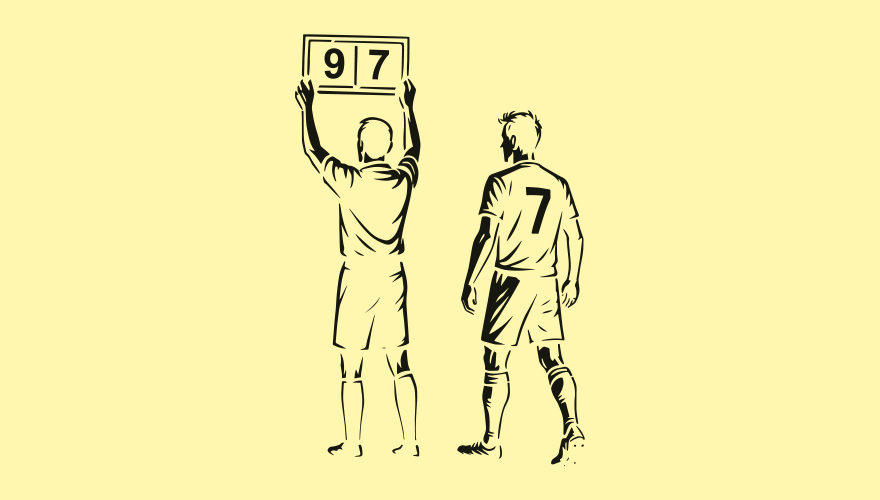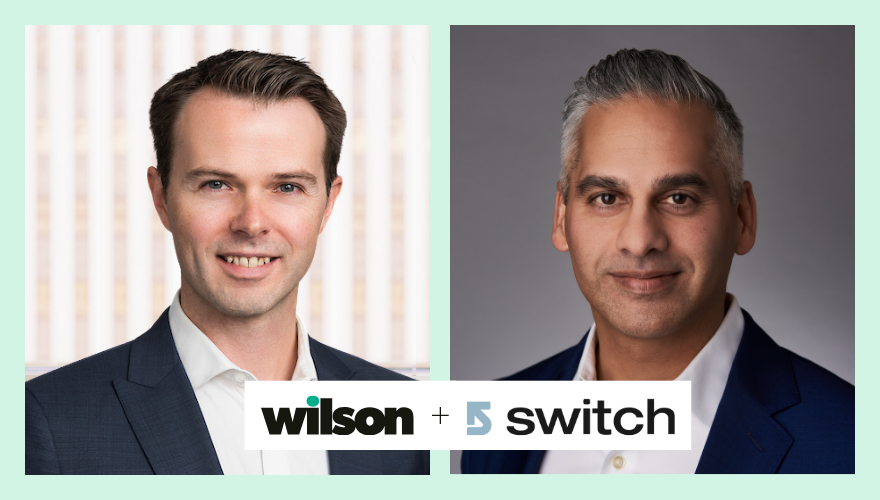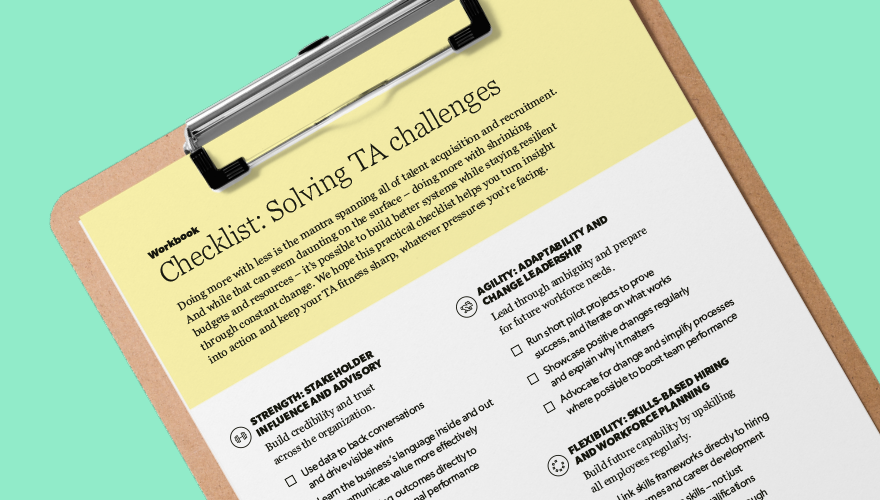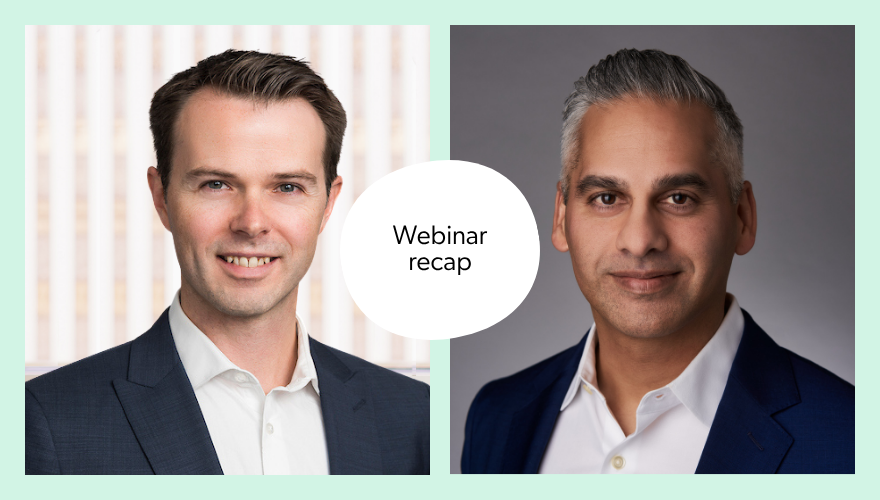Blog
Building from within: How internal mobility powers agility, retention, and equity

Q&A with Britt Bloch, VP of Talent Acquisition Strategy and Head of Recruiting, Navy Federal Credit Union
With more than two decades of experience in talent acquisition and strategy, Britt Bloch has led TA functions through transformation across financial services and tech.
Today, in her role as VP of Talent Acquisition Strategy and Head of Recruiting at Navy Federal Credit Union, she oversees a 127-person global TA function, covering executive search, employer brand, military affairs, staff augmentation, early careers, internal mobility, and more. At the heart of her approach is a strong belief in building from within, shifting to skills-first hiring, and embedding TA into the wider talent and business ecosystem.
Here, Britt shares how her team is embracing change with EQ, innovation, and a focus on internal mobility.
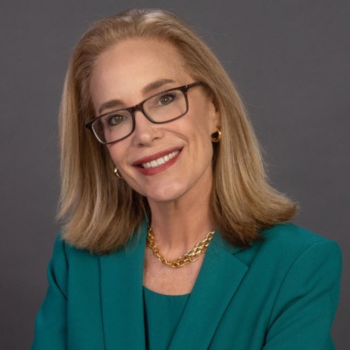
Britton Bloch
VP of Talent Acquisition Strategy and Head of Recruiting
Britt, how important is internal mobility at Navy Federal?
We’ve really embedded internal mobility into our operating model. We built out a dedicated Internal Mobility Program (we call it IMP) within the TA function. That’s allowed us to enable internal career pathways that boost employee engagement and support retention. Its focus is to guide, support, and connect teammates across the enterprise. Recently, we held enterprise-wide Roll Out the Rolodex (ROTR) events across campuses and virtually. ROTR was an incredible opportunity for teammates to connect with hiring leaders and learn about our business units and functional areas. Our Military Spouse Career Continuity (MSCCP) program has been well received. It facilitates career movements for our Military Spouses facing Permanent Change of Station (PCS). Through the program, we have an 89% retention rate for our exceptional Military Spouse talent.
But it’s not just about moving people around, it’s about developing them. We’ve launched rotation programs, detail assignments, and even a fractional recruiter model, where we flex resources across the business based on need. For example, we have over 360 global branches, and we currently have branch operations employees doing nine-month rotations across the credit union with five individuals rotating within TA. That kind of cross-functional exposure is powerful, for the business and the individual.
How has that helped you stay agile in uncertain market conditions?
We’ve embraced constraints as a driver of innovation. By simplifying workflows and automating transactional processes, our teams can focus on value-add efforts to include flexing resources for evolving business needs.
Instead of casting a wide sourcing net, we’ve doubled down on building strategic pipelines for critical roles. We also do something called “gearing ratios” – weekly capacity planning that takes into account requisition complexity, passive sourcing needs, and recruiter bandwidth. It’s not flashy, but it helps us stay in front of change and strategically resource.
Where does skills-first hiring come into all of this?
It’s foundational to everything we’re doing. I’ve always believed in hiring for attitude and potential, as we can train for skills. So we’ve dismantled GPA (grade point average) requirements, dropped tiered school approaches, and focused on what people can do, not just where they’ve been. Stretch assignments have been invaluable as we amplify untapped talent communities.
Programs like Year Up, SkillBridge, and early career internships bring in talent with highly transferable skills: people who are engaged, embracing opportunity, and ready to learn through meaningful projects. And we’re using tech to support that too. For example, we’re embedding a tool, OpLign, into our career site, which will translate veteran service skills to corporate vernacular and match their skills with opportunities across the enterprise.
Ultimately, skills-first hiring helps us access talent we might otherwise miss.
How has TA become more integrated into business and workforce planning?
In talent acquisition, we’re helping shape the workforce of the future. That means embedding ourselves into strategic planning cycles, aligning hiring with capability development and market shifts, and working in lockstep with finance, business unit leaders, workforce planning, and other HR COEs.
The most impactful work we do is co-designed, whether it’s internal mobility, fraud mitigation, or headcount strategy. We don’t build talent solutions in a vacuum. We invite in other perspectives early, and that’s where the magic happens.
So what does a strong partnership across HR and the business look like in your world?
It’s rooted in transparency and collaboration. We’re breaking down silos across our 600-person HR function, and we’ve made it a norm to share work in progress with peers for input. When I was preparing a board presentation on employment fraud, we engaged all key stakeholders to incorporate diverse perspectives, skills, and experiences, which is how we achieve peak innovation and solutioning.
That kind of peer-to-peer exchange is how we show up better – not just as functional experts, but as strategic partners.
How do you use data in your conversations with the business?
When I first arrived, we introduced what we now call our “key stakeholder report” – a one-page pre-read we send before every executive meeting. It covers the health of recruiting, market trends, and opportunities. At first, leaders were surprised by it. Now if they don’t get it, they ask where it is.
It’s become a key input to their decision-making, not just on hiring, but on broader talent strategy. Rather than just sharing dashboards, we are telling stories with the data to help leaders weigh trade-offs, prioritize investments, and think ahead.
How do you see the TA function evolving over the next year or so?
We’re shifting toward a “talent ecosystem architect” model that orchestrates talent across internal mobility, flexible models, external hiring, and community partnerships.
TA is starting to own more of the employee lifecycle, from attraction to development. For example, we’ve taken on pre-employment selection assessments, hiring leader training, and internal mobility programs. These were previously the domain of Learning, Talent, and Development but migrated to TA to enable a holistic hiring strategy and complement our integrated talent strategy.
It’s about looking holistically at how talent moves, grows, and stays engaged, and creating a comprehensive design for that from day one.
Finally, what advice would you give to other TA leaders navigating this fast-changing market?
Lead with emotional intelligence. Be courageous. Stay curious. Challenge legacy metrics and processes. And most of all, learn to speak the language of the business.
TA is in a unique position to drive real equity and agility in the workforce, but only if we show up as strategic partners and advisors. The future belongs to organizations that create fair, inclusive, and flexible pathways for all talent. We can – and should – be leading that shift.
Dive into more actionable insights
Modernizing talent acquisition requires an actionable approach to technological change, budgetary constraints, and strategic workforce planning. Read more about how to stay future ready from our content series.
